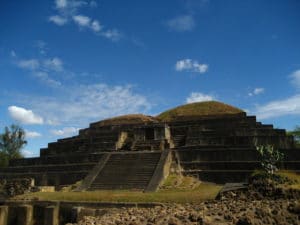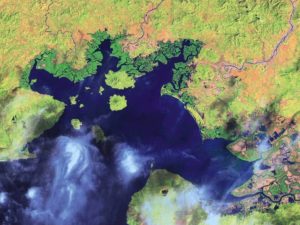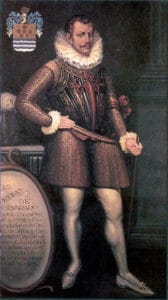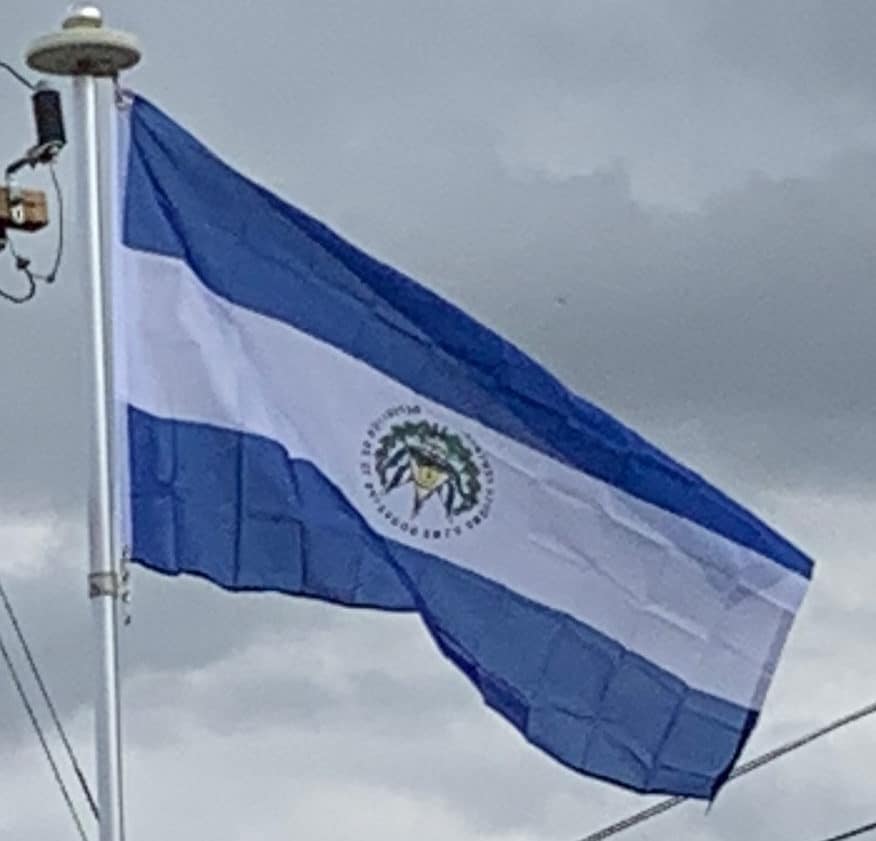Centuries later they themselves were replaced by the Pipil people, Nahua speaking groups who migrated from Mexico in the centuries before the European conquest and occupied the central and western regions. The Pipil were the last indigenous people to arrive in El Salvador. They called their territory Kuskatan, a Pipil word meaning The Place of Precious Jewels, backformed into Classical Nahuatl Cōzcatlān, and Hispanicized as Cuzcatlán. The people of El Salvador today are referred to as Salvadoran, while the term Cuzcatleco is commonly used to identify someone of Salvadoran heritage.

In pre-Columbian times, the country was also inhabited by various other indigenous peoples, including the Lenca, a Chilanga Lencan-speaking group who settled in the eastern highlands. Cuzcatlan was the larger domain until the Spanish conquest. Since El Salvador resided on the eastern edge of the Maya Civilization, the origins of many of El Salvador’s ruins are controversial. However, it is widely agreed that Mayas likely occupied the areas around Lago de Guija and Cihuatán. Other ruins such as Tazumal, Joya de Cerén and San Andrés may have been built by the Pipil or the Maya or possibly both.
European Contact (1522):
By 1521, the indigenous population of the Mesoamerican area had been drastically reduced by the smallpox epidemic that was spreading throughout the territory, although it had not yet reached pandemic levels in Cuzcatlán. The first known visit by Spaniards to what is now Salvadoran territory was made by the Spanish admiral Andrés Niño, who led a Spanish expedition to Central America. He disembarked in the Gulf of Fonseca on May 31, 1522, at Meanguera island, naming it Petronila, and then discovered Jiquilisco Bay on the mouth of Lempa River.

The first indigenous people to have contact with the Spanish were the Lenca of eastern El Salvador.
Conquest of Cuzcatlán (1524–1525):
In 1524, after participating in the conquest of Mexico, Spanish conquistadors led by Pedro de Alvarado and his brother Gonzalo crossed the Rio Paz (Peace River) from the area comprising the present Republic of Guatemala into what is now the Republic of El Salvador. The Spaniards were disappointed to discover that the indigenous Pipil people had no gold or jewels like those they had found in Guatemala or Mexico, but recognized the richness of the land’s volcanic soil.

Pedro de Alvarado led the first incursion by Spanish forces to extend their dominion to the nation of Cuzcatlan (El Salvador), in June 1524. When he arrived at the borders of the Cuzcatlan kingdom he saw that civilians had been evacuated. Cuzcatlec warriors moved to the coastal city of Acajutla and waited for Alvarado and his forces. Alvarado approached, confident that the result would be similar to what occurred in Mexico and Guatemala. He thought he would easily defeat this new indigenous force since his Mexican allies and the Pipil of Cuzcatlan spoke a similar language.
The Indigenous peoples of El Salvador did not see the Spanish as gods, but as foreign invaders. Alvarado saw that the Cuzcatan force outnumbered his Spanish soldiers and Mexican Indian allies. The Spanish withdrew and the Cuzcatlec army attacked, running behind them with war chants and shooting bow arrows. Alvarado had no choice but to fight to survive.
